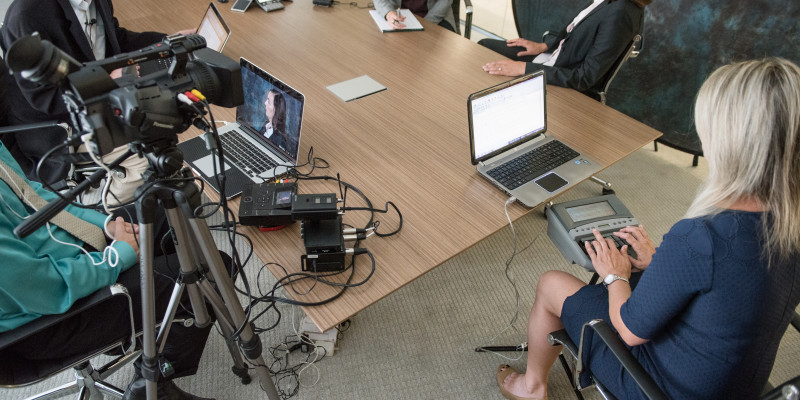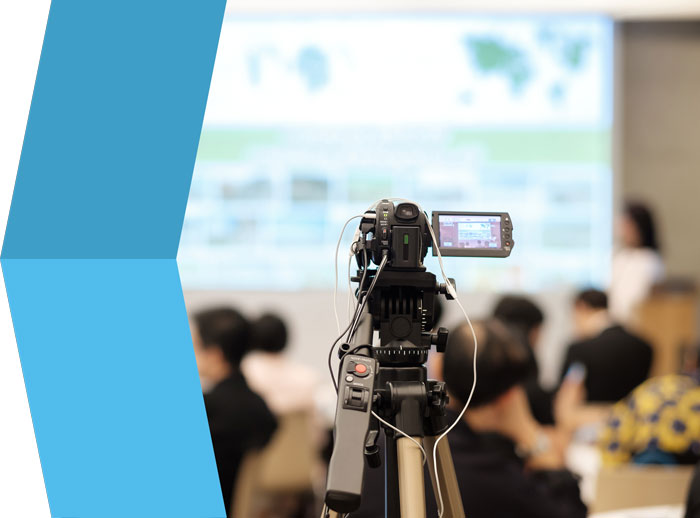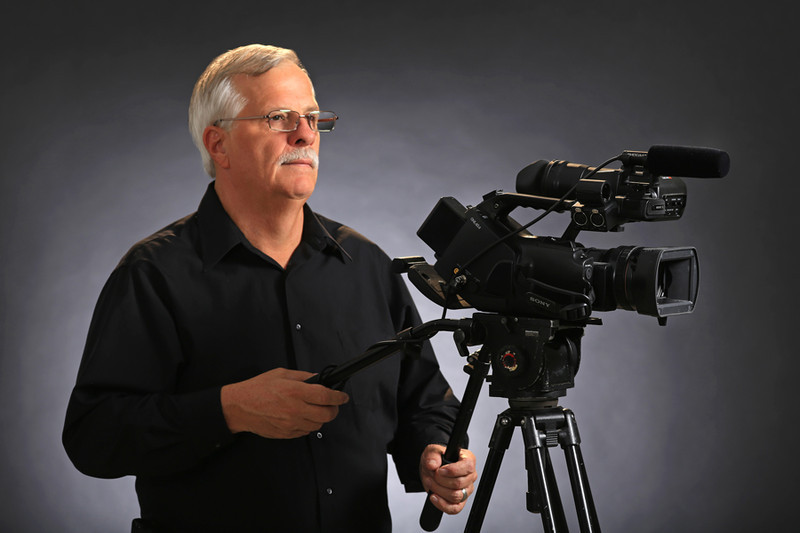The Duty of Legal Videography in Modern Legal Procedures
The Duty of Legal Videography in Modern Legal Procedures
Blog Article
Exploring the Mechanisms of Lawful Videography: Introduction Its Procedure in Safeguarding Genuine Visual Statement for Judicial Proceedings
In the world of judicial procedures, the duty of lawful videography stands as a cornerstone in protecting and offering aesthetic proof. As modern technology continues to development, the devices behind lawful videography have actually come to be progressively intricate, supplying an important layer of authenticity to testaments captured on video clip.
Historical Development of Lawful Videography
Taking a look at the historic progression of legal videography reveals a significant improvement in the catching and discussion of visual evidence within the legal landscape. In the past, legal proceedings greatly counted on created transcripts and photos to record events and offer evidence. With the advent of video clip modern technology, the legal sector experienced a paradigm change in exactly how aesthetic statement was caught and presented.
The advancement of lawful videography can be traced back to the late 20th century when advancements in video recording tools made it more available for use in courts. This technical advancement not just improved the accuracy and reliability of visual proof however likewise changed the way cases were offered to juries and courts (Legal Videography). Attorneys began to identify the persuasive power of video recordings in conveying emotions, nuances, and non-verbal signs that created transcripts or photographs alone can not capture efficiently

Innovation Improvements in Video Clip Documentation
What key technical advancements have reinvented video documents in the lawful field? The lawful area has seen substantial developments in video paperwork modern technology that have actually improved the authenticity and integrity of aesthetic proof in judicial proceedings. Among the vital advancements is high-def (HD) video clip recording capabilities, which provide crystal-clear pictures and sharp details that are vital for properly recording testaments, face expressions, and other visual cues. In addition, the integration of timestamping and metadata functions in video clip paperwork devices has made it possible for exact documentation of when and where the video clip was videotaped, guaranteeing the integrity of the evidence offered in court.
Moreover, improvements in video clip encryption and watermarking technologies have actually boosted the safety and security and tamper-proof nature of video clip evidence, safeguarding it versus unauthorized modifications or tampering. Additionally, the introduction of cloud storage space services and remote gain access to capabilities has structured the storage space, retrieval, and sharing of video evidence, assisting in seamless collaboration among legal professionals and making certain effective accessibility to critical visual statements when needed. These technical developments in video clip documentation have most certainly revolutionized the legal field, improving the precision, credibility, and admissibility of aesthetic evidence in judicial proceedings.
Duty of Lawful Videographers in Court Setups
The evolution of video paperwork modern technology in the legal field has actually necessitated a critical function for lawful videographers in courtroom settings, ensuring the stability and reliability of aesthetic statements presented throughout judicial procedures. Lawful videographers play a fundamental duty in capturing and protecting accurate aesthetic proof that can be essential in lawsuit. Their obligation encompasses establishing tools, recording procedures, and producing top notch videos that precisely reflect the occasions in the courtroom.
In courtroom setups, lawful videographers have to stick to strict guidelines and standards to preserve the authenticity of the visual record. They must have a keen eye for detail and a detailed understanding of lawful treatments to ensure that the video they record is a true depiction of the occasions that took place. In addition, lawful videographers often function closely with legal teams to ensure that the video evidence lines up with the instance's demands and can be efficiently provided in court to sustain the lawful disagreements being made. my review here Overall, the role of lawful videographers in courtroom setups is important in upholding the principles of justice and ensuring the transparency of lawful process.

Ensuring Admissibility and Stability of Video Proof
To keep the credibility of aesthetic evidence provided in lawful procedures, ensuring the admissibility and honesty of video clip evidence is an important responsibility for legal videographers. Admissibility describes the acceptance of evidence by the court, and for video clip evidence to be admissible, it should fulfill certain standards. Legal videographers play an essential duty in making sure that the video clips they catch follow the guidelines of proof, such as reliability, importance, and authenticity.
Honesty of video evidence includes keeping the creativity and precision of the video from the time it is taped up until it is provided in court. This includes securely keeping the video clip documents, recording the chain of wardship, and avoiding any kind of tampering or alterations. Legal videographers should follow rigorous protocols to assure the integrity of the video clip evidence and stop any type of difficulties to its authenticity.
Future Trends in Legal Videography
Provided the increasing reliance on technology in lawful procedures, lawful videographers are poised to accept ingenious innovations forming the future of aesthetic testament capture and discussion. One of the prominent patterns coming up is the combination of virtual reality (VIRTUAL REALITY) and enhanced truth (AR) modern technologies into legal videography. These modern technologies have the possible to transform exactly how aesthetic proof exists in courts, permitting discretionary to immerse themselves in the scene of the crime or occurrence.
Moreover, the use of man-made knowledge (AI) algorithms for video clip evaluation is anticipated to streamline the process of examining and analyzing big quantities of video clip footage. AI can help in recognizing vital moments, abnormalities, and patterns within video clips, boosting the effectiveness of lawful investigations.

Conclusion
To conclude, legal videography has played an important duty in supplying authentic aesthetic evidence for judicial procedures. With technical innovations and the know-how of legal videographers, the honesty and admissibility of video clip proof are made sure in court setups. As lawful videography remains to develop, it will be important to copyright criteria link that preserve the precision and reliability of aesthetic statement for the future of lawful proceedings.
Examining the historic progression of legal videography discloses a considerable change a knockout post in the capturing and discussion of visual proof within the lawful landscape.The evolution of video clip paperwork innovation in the legal area has actually required a critical function for legal videographers in court settings, making certain the honesty and dependability of visual testaments offered during judicial procedures. In addition, legal videographers frequently function closely with legal groups to guarantee that the video clip proof straightens with the situation's needs and can be efficiently provided in court to support the legal arguments being made.To keep the integrity of visual proof offered in lawful procedures, guaranteeing the admissibility and honesty of video proof is a critical duty for legal videographers. As lawful videography proceeds to evolve, it will be essential to copyright requirements that keep the accuracy and integrity of aesthetic testament for the future of lawful procedures.
Report this page